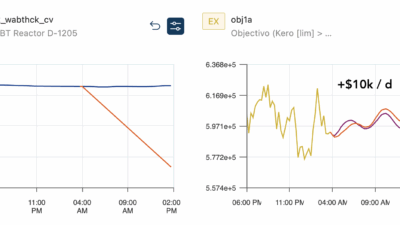The fully numerical technique uses machine learning and real-world circuit modeling to achieve stable, efficient wireless power transfer.

Wireless power transfer (WPT) systems deliver electricity without cables but often face voltage stability challenges when loads change. In this study, researchers developed a machine learning-based design method that uses numerical optimization to achieve load-independent operation. The approach maintains stable output voltage (fluctuations under 5%) and 86.7% efficiency under varying loads. This method reduces design complexity and may improve the practicality and reliability of wireless power systems for various applications.
WPT systems transmit electrical energy from a power source to a load without physical connectors or wires, using electromagnetic fields. The concept dates back to the 1890s, when Nikola Tesla experimented with wireless energy transmission. Today, WPT systems are commonly used to power devices such as smartphones, electric toothbrushes, and IoT wireless sensors. A typical WPT system includes a transmitter coil connected to a power source. This transmitter converts supplied power into an electromagnetic field, which is received by a receiver coil that powers the electrical device.
Recently, load-independent (LI) operation has been the focus of research to maintain stable output voltage and ensure zero-voltage switching (ZVS) even when the load varies. Achieving LI operation requires highly accurate circuit component values, such as inductors or capacitors, which are typically calculated using detailed analytical equations. These equations are usually based on simplified assumptions and may not fully account for practical operating conditions.
A research team led by Professor Hiroo Sekiya from the Graduate School of Informatics, Chiba University, Japan, has proposed a machine learning-based method for LI-WPT system design to address limitations and improve power-delivery efficiency. The work was conducted in collaboration with Mr. Naoki Fukuda and Dr. Yutaro Komiyama of Chiba University; Dr. Wenqi Zhu from the Department of Electrical Engineering, Tokyo University of Science; and Dr. Akihiro Konishi, Department of Computer and Information Sciences, Sojo University. The study was published online June 18, 2025, in IEEE Transactions on Circuits and Systems I: Regular Papers.
In this approach, the WPT circuit is represented using differential equations that model voltage and current behavior over time, including component characteristics. These equations are solved numerically at discrete time steps until steady-state conditions are achieved. An evaluation function quantifies system performance based on parameters such as output voltage stability, power-delivery efficiency, and total harmonic distortion.
A genetic algorithm adjusts system parameters to optimize the evaluation metric, and the process is repeated until the criteria for load-independent operation are met.
As Prof. Sekiya explains, “We established a novel design procedure for a LI-WPT system that achieves a constant output voltage without control against load variations. We believe that load independence is a key technology for the social implementation of WPT systems. Additionally, this is the first success of a fully numerical design based on machine learning in the field of power electronics research.”
To evaluate the method, the team applied it to a class-EF WPT system that combines a class-EF inverter with a class-D rectifier. In a traditional class-EF inverter without LI operation, ZVS is maintained only at the rated operating point. If the load changes, ZVS is lost and efficiency decreases. In the LI version designed by the team, ZVS and output voltage were maintained under varying loads conditions.
In the conventional LI inverter system, the output voltage could vary by up to 18% when the load changed. In the system developed using the fully numerical method, this variation remained below 5%, indicating improved stability. By accounting for the effects of diode parasitic capacitance, the method retained efficiency at light loads. Power-loss analysis showed that the transmission coil dissipated nearly the same amount of power under different load conditions, due to the system maintaining a steady output current. At its rated operating point, the LI class-EF WPT system operated at a power-delivery efficiency of 86.7% at 6.78 MHz and provided over 23 W of output power.
The researchers note that the potential applications of this work may extend beyond WPT. “We are confident that the results of this research are a significant step toward a fully wireless society. Moreover, due to LI operation, the WPT system can be constructed in a simple manner, thereby reducing the cost and size. Our goal is to make WPT commonplace within the next 5 to 10 years,” says Prof. Sekiya. More broadly, this design method shows that artificial intelligence and machine learning can be applied to developing automated approaches for power electronics design.
Edited by Puja Mitra, WTWH Media, for Control Engineering, from a Chiba University news release.


